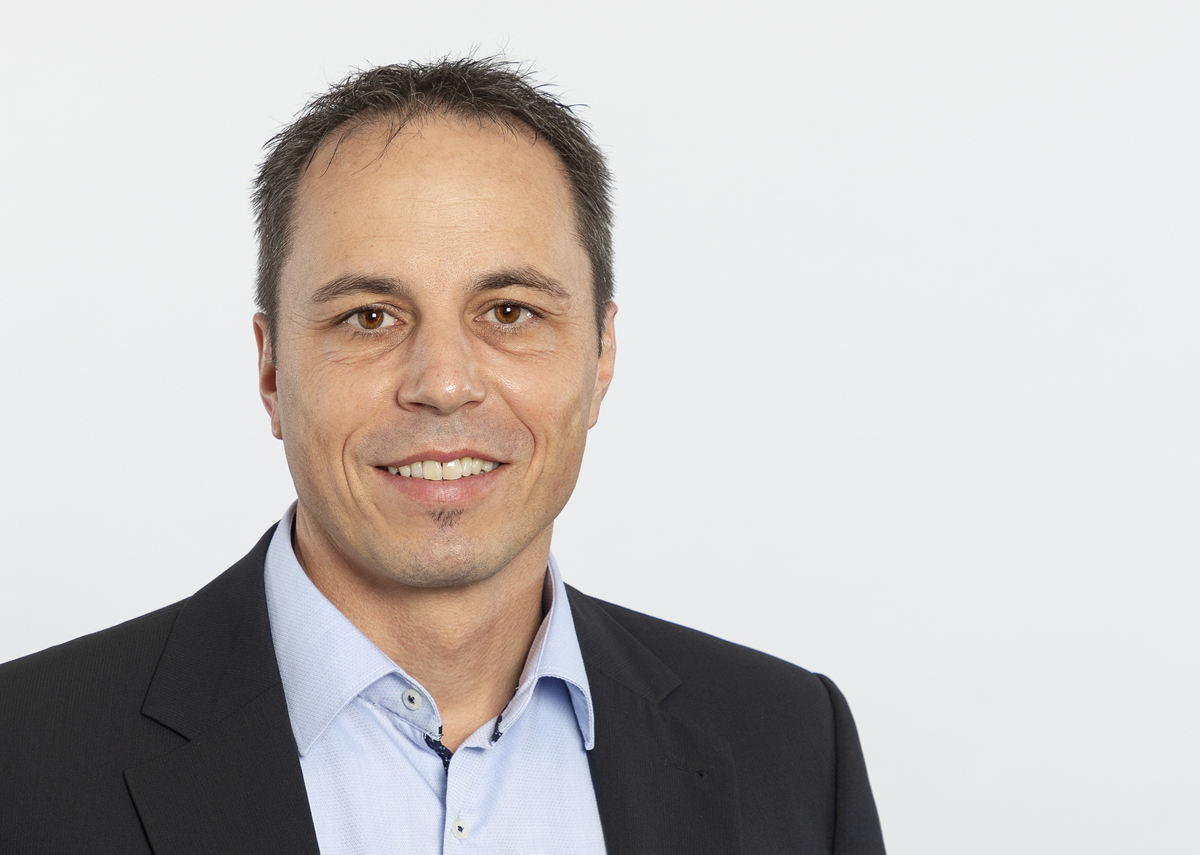Climate-neutral Müller Group.
Ambitious but realistic reduction pathway

One of the main goals of the new sustainability strategy is to make the Müller Group climate-neutral. With an ambitious target, this should be possible by 2045. Roland Tanner, Managing Director of Müller Packaging, explains in an interview what needs to be done in this regard and whether the target is realistic, i.e. achievable.
Roland Tanner, by far the most CO2 produced in the Müller Group comes from Müller Packaging. Why is that?
Millions of steel drums are produced annually at our plants in Münchenstein and Reiden, using various heating processes such as natural gas, crude oil, propane and, increasingly, electrical energy. Currently, around two thirds of the energy is required for baking the special paints and one third for the post-combustion and cleaning of the exhaust air from the baking ovens and the ambient air.
You and your team have now defined a CO2 reduction pathway that should lead to net zero by 2045. What kind of measures will Müller Packaging use to achieve the desired reduction?
All of the energy sources we use that produce CO2 emissions have been thoroughly analyzed. We have defined alternative measures and set them out in a plan. The implementation of these measures requires considerable investment in new technologies, which must be implemented regularly in line with the life cycles of the systems and the desired CO2 reduction targets. Existing energy sources are often replaced by electrical energy, which means that the demand for electrical energy will increase 2 to 3-fold in the near future.

We will achieve the reduction pathway through short and medium-term measures with the technical options currently available.
Is the reduction pathway outlined realistic or is it a bit wishful thinking?
We will achieve the reduction path through short and medium-term measures with the technical possibilities currently available. For long-term measures, we have assumed that we can achieve post-combustion at high temperatures with the help of hydrogen or alternative energy sources. However, this technology has yet to be developed and the required energy quantities secured. In addition, legal regulations could force us to make adjustments to our planned measures. We will review the achievement of our targets annually and correct measures if necessary, whereby an external company will support us as part of the ENAV program.
Are there any external factors that could torpedo your ambitious goal?
We are all breaking new ground here and need a huge amount of manpower to achieve such a change in 20 years. In order to ensure sustainability globally, it is important that similar measures are coordinated worldwide so as not to favor or disadvantage the competitiveness of individual continents. This alignment is a major challenge and many people will only take action if they are forced to do so by law. It is crucial to develop new technologies and introduce them in growth markets so that sustainable growth can also take place in developing countries.
 Roland Tanner in front of the lid and bottom painting system at the Münchenstein plant.
Roland Tanner in front of the lid and bottom painting system at the Münchenstein plant.

